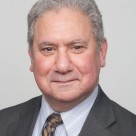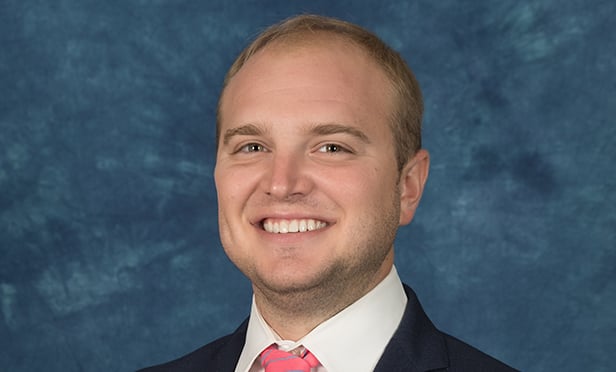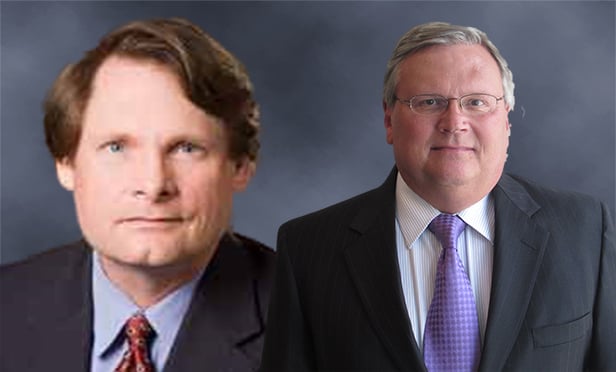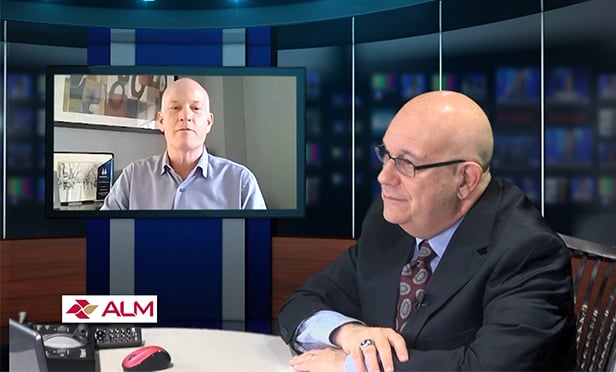GlobeSt.com: Traditionally, the battle cry for ULI was smart growth. How has that transitioned to sustainability?
Mansfield: Smart growth is a subset of the broader issue of sustainability, and there's a good deal of overlap. One of the things that caught my attention by virtue of our practice at Crosland is the wide divergence of opinion among policymakers and communities about how we're going to accommodate growth. I can't pick up a periodical without reading that everyone's moving back into our downtowns. I know that in the cities we're in, we're experiencing an extraordinary renaissance in our urban areas, which is fantastic. But research into the number of people who are looking into these urbanized areas, as opposed to the total population growth, reveals that the large majority of population growth is occurring at the edge of cities.
Yet, when we talk about growth at the edge, everyone uses the word sprawl, and it's universally thought to be a bad thing, even though that's apparently what the public wants and needs. So the question becomes: What are the land-use and land-planning models that will enable us to grow at the edge in ways that are sustainable; that can be replicated over time; that allow us to maintain a quality of life; and, ideally, find ways to reduce the amount of automobile-trip generation. I don't have those answers, but ULI and a lot of its members have been focused on that challenge for quite some time. I'm hoping we can renew our focus, consolidate our thinking, bring new thinking to bear and advance best practices across the country and over the world.
GlobeSt.com: How do you define the institute's role in that?
Mansfield: We would hope to advance the debate on a high level in terms of patterns that might be replicable almost anywhere. There are a lot of challenges in land-use planning. The thinking on how green building and climate change interplays with land use is evolving rapidly. We want to contribute to that dialog. Frankly, we haven't done that yet or synthesized it as effectively as I hope we could. So that's one of the principal areas to which I'm directing my attention. And there are corollary issues--such as infrastructure and work force housing, both of which are a priority for us.
GlobeSt.com: My interest always kicks into high gear when we go beyond light bulbs and the solar panels to the larger implications of sustainability.
Mansfield: It's been an interest of mine for more than 15 years, and my hope is that more people and communities will come to understand that denser communities--mixed- and multi-use developments, where we can combine jobs and retail and residential and community spaces and the conservation of land--can yield a more attractive quality of life, a more sustainable development pattern and reduced trip generation. The ability to do all those things will be very dependent upon location, of course, and reducing automobile trips right now remains a very challenging goal, simply because of the economics. Despite $3 gas, relatively speaking it's still very cost-effective to jump in the car. As congestion increases, there may be some substitution, where people who formerly would not contemplate or invest in transit for one reason or another will choose to do it.
GlobeSt.com: And what's Crosland's sustainability scorecard?
Mansfield: I would give us an A-minus for effort and a B-minus, if I am being charitable, for results. This issue hasn't been a province of development and land-use professionals historically. People don't necessarily see this as their concern. We have some projects now that are focused on this, and we're really proud of them, but it's not enough.
We do a lot of neighborhood retail, and just how you make that green, for example, is not entirely clear. It's not clear what it costs or what the benefits are beyond being green for the sake of being green. These things do come down in some cases to an economic tradeoff. Not that they have to be cost/benefit-justified in their entirety, but if we expect these things to take root, there has to be some sort of economic case, either because the customer demands it or you save costs on energy. It's been very hard for us to get our hands around that.
GlobeSt.com: But only B-minus?
Mansfield: I have very high aspirations for what we can and should do. There's a cultural shift that I see in my own organization. We need to appreciate how rapidly these expectations are evolving and how to respond to them. We're trying to do it as quickly as we can, but it's hard to turn on a dime. Having said that, we're doing as much as just about anybody else, but we want to be a leader--and we will be a leader.
GlobeSt.com: And in two years time . . . ?
Mansfield: I hope we will have contributed in a meaningful way to defining best practices as it relates to sustainable land-use patterns, and that people perceive that that contribution has influenced communities around the country and around the world.
© Touchpoint Markets, All Rights Reserved. Request academic re-use from www.copyright.com. All other uses, submit a request to [email protected]. For more inforrmation visit Asset & Logo Licensing.







